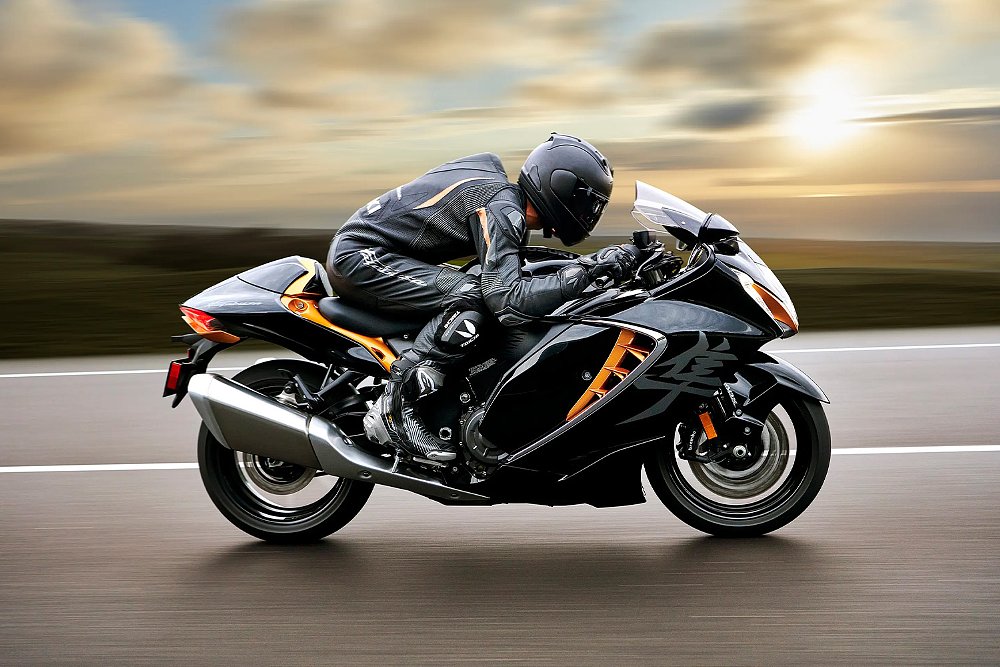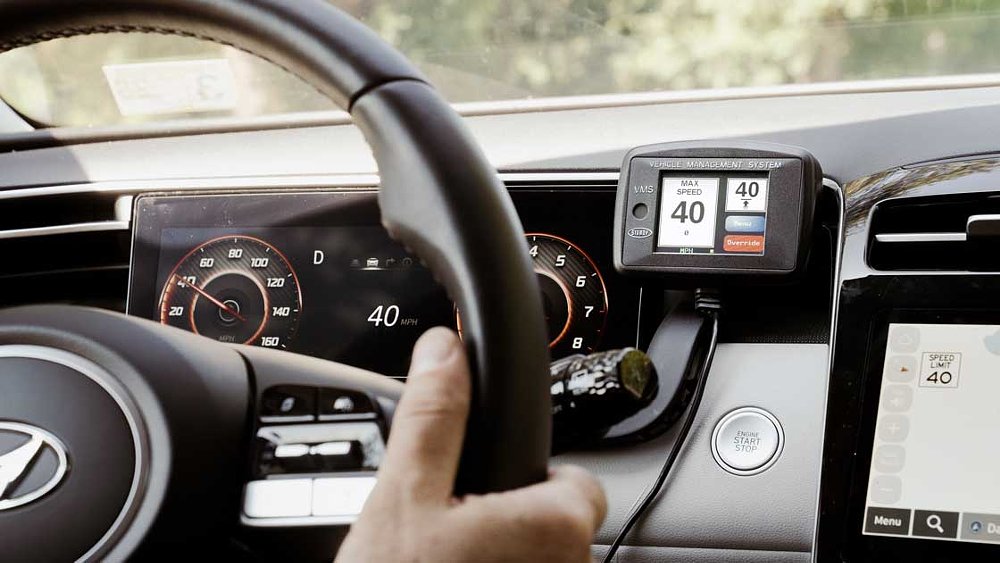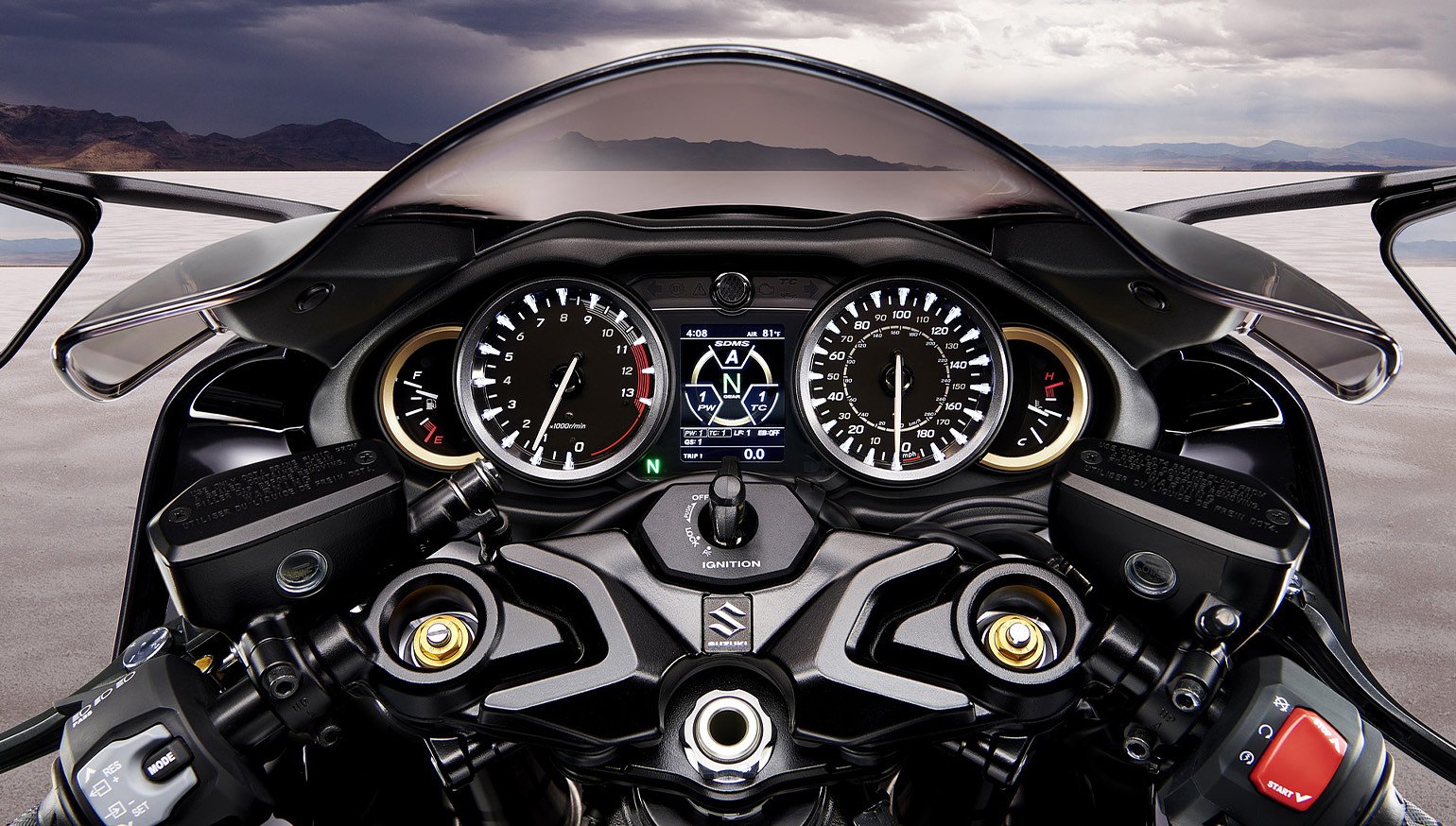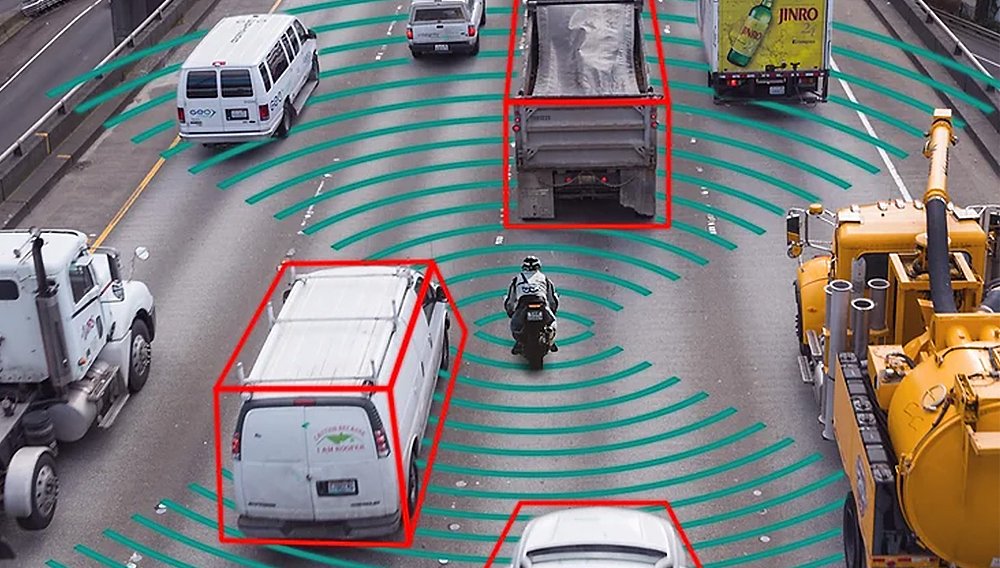Intelligent Speed Assistance (ISA) systems monitor an automobile’s speed by utilizing vehicle-mounted cameras and GPS data. The technology sends audible or haptic warnings to the driver when they exceed the posted speed limit. Some systems even add pedal resistance or bypass the operator to limit the vehicle’s velocity (drivers can override all ISAs by pressing the accelerator pedal harder or simply turning off the feature).
Beginning in July, the European Union will require automakers to equip all new vehicles with ISA systems. That mandate doesn’t impact motorists in the United States — yet. The National Transportation Safety Board (NTSB) and Insurance Institute for Highway Safety (IIHS) recently advocated for the U.S. National Highway Traffic Safety Administration (NHTSA) to adopt similar standards.
To preemptively gauge the public’s response to such regulations, IIHS Senior Research Scientist Ian Reagan conducted a survey of 1,802 drivers. The study split the respondents into three distinct groups. One considered ISAs with advisory warnings, another fielded questions for systems that manipulate the accelerator pedal, and the final group covered ISAs that restrict acceleration autonomously.

Before we dig into the data, it’s worth acknowledging that the IIHS represents the interests of insurance companies. The nonprofit organization regularly supports technologies that potentially reduce crashes (and therefore, liability claims). With that said, the survey’s findings are fascinating nonetheless.
Across all three groups, more than 80% of the participants valued a dash that displays the current speed limit. Over 70% also agreed that an unobtrusive sound signaling that the speed limit had changed as the car moved down the road would be acceptable. Nearly seven out of 10 respondents welcomed ISAs if system data helped their insurance company lower their premium. All three topics are far less controversial than the technology's speed-governing efforts.
For instance, almost 60% of the advisory-only group accepted ISA systems that automatically start with every ignition cycle. Only around half of the pedal-feedback group (51%) and speed-limiting group (48%) found that feature tolerable. Similar proportions of each group responded favorably to their next car having ISA “if most other vehicles had it” and ISAs being required on all new cars.

Current E.U. standards dictate that systems administer alerts when the vehicle speed matches the posted speed limit for six seconds. Should the vehicle exceed the speed limit, ISA is required to notify the driver after just 1.5 seconds. The survey participants were far more receptive to looser parameters, with 80% of the advisory-only group and the majority of the other groups calling for systems that activate once the vehicle surpasses the posted speed limit by 10 mph.
Neither the E.U. nor the IIHS has proposed ISAs for motorcycles, but automobiles often receive safety-oriented technology before their two-wheeled counterparts. That goes for everything from anti-lock braking systems (ABS) to the latest advanced driver/rider assistance systems (ADAS/ARAS). The real question (for our purposes, at least) isn’t when or if motorcycle manufacturers will adopt ISA systems, but rather, how would the motorcycling community receive them?
On the other hand
To me, a twisty road is a motorcycle's natural habitat. There’s nothing quite like a set of sweeping curves and a scenic backdrop, all set to the soundtrack of an internal combustion engine. In these environs, I tend to forget the posted speed limits, and likely, exceed them (within reason, of course). I’m sure I’m not alone. While an ISA system would remind me of such details, its haptic warnings and throttle feedback would also interrupt the Zen-like atmosphere. Had IIHS surveyed me (as a rider), I’d respond negatively for that very specific reason.

On the other hand, I need to recognize that motorcyclists aren’t a monolith. Speed-monitoring systems could benefit tourers, commuters, and urban riders (especially those in cities operating speed cameras). Like drivers, I believe most riders would accept the system’s alerts over its intervention measures, but its safety potential is clear.
What isn’t clear are the costs customers could incur for such technologies. On top of that, some riders could take issue with the handling of the GPS data and camera footage collected by the vehicle.
So the question is: How would you receive Intelligent Speed Assistance tech? Willingly or reluctantly? With open arms or with crossed arms? It’s clear that regulators (abroad) and insurance groups (at home) want ISAs on more vehicles but what do you, as a rider, want?









